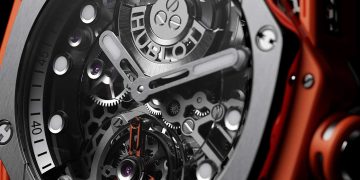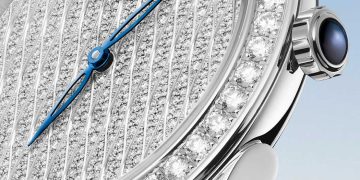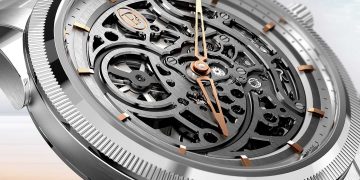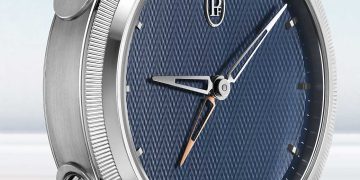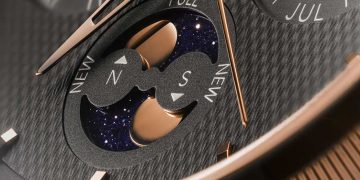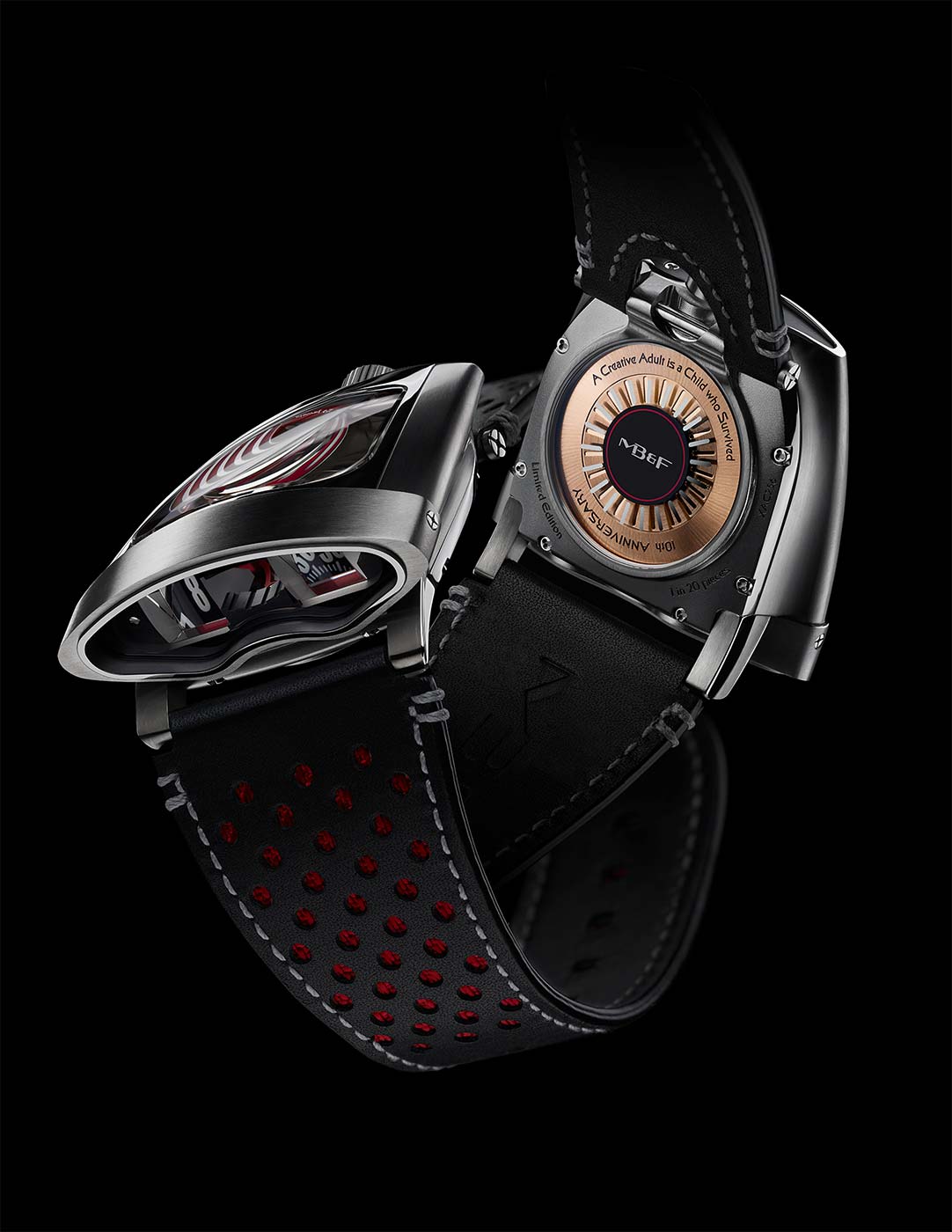
MB&F celebrates its 10th anniversary in 2015, and there is one basic fact about birthdays that is fairly safe to assume: The one celebrating usually gets the presents.
However, for the most significant anniversary of its decade-long existence, MB&F turns that one basic assumption on its head. Rather than expecting to receive, the creative lab has conceived HMX – “X” as in the Roman numeral for ten – as a thank you to the Friends who have supported the brand over the last 10 years. Instead of developing an ultra-complicated, ultra-expensive anniversary piece – standard practice in the luxury watchmaking world – MB&F has cut sales margins without sacrificing quality, offering a true Horological Machine at an unprecedented price.
Paradoxically, creating such a Machine also made HMX one of the most difficult to develop as MB&F considered, tested and rejected a plethora of combinations of forms, finishes and details before being satisfied that everything was “just right”.
A creative adult is a child who survived
The tag line for MB&F’s 10th anniversary is “A creative adult is a child who survived”, a reference to a child’s sense of wonder and awe that usually fades under the onslaught of the everyday realities of reaching adulthood.
As a child, MB&F founder Maximilian Büsser dreamt of becoming a car designer and his sketchbooks were full of drawings of the supercars of his imagination. The automobile-inspired HMX is proof positive that the child in Büsser survived.
Gentlemen, start your engines!
HMX displays bi-directional jumping hours and trailing minutes. Apparently simple, but it is how and where the time is displayed that makes HMX so special. Rotating discs on top of the movement feature mirror image numerals. These are reflected 90° and magnified by two sapphire crystal optical prisms that “project” the time onto the front vertical display. Light streaming through the transparent engine cover both illuminates the top of HMX’s engine and backlights the time display for high legibility.
Also visible through the sapphire crystal engine cover are supercar-inspired dual “rocker covers” on top of the movement, each featuring shiny chrome oil filler caps. These oil caps are not just pretty design elements, but are fully functional oil caps that the watchmaker unscrews to oil the jewelled bearings for the indication discs.
An automatic winding mechanical movement provides HMX with power, its “fuel” topped up by the 22K gold rotor visible through the display back.
HMX is a limited edition of 4 x 20 pieces in grade 5 titanium and stainless steel, available in black, green, red and blue.
HMX in detail
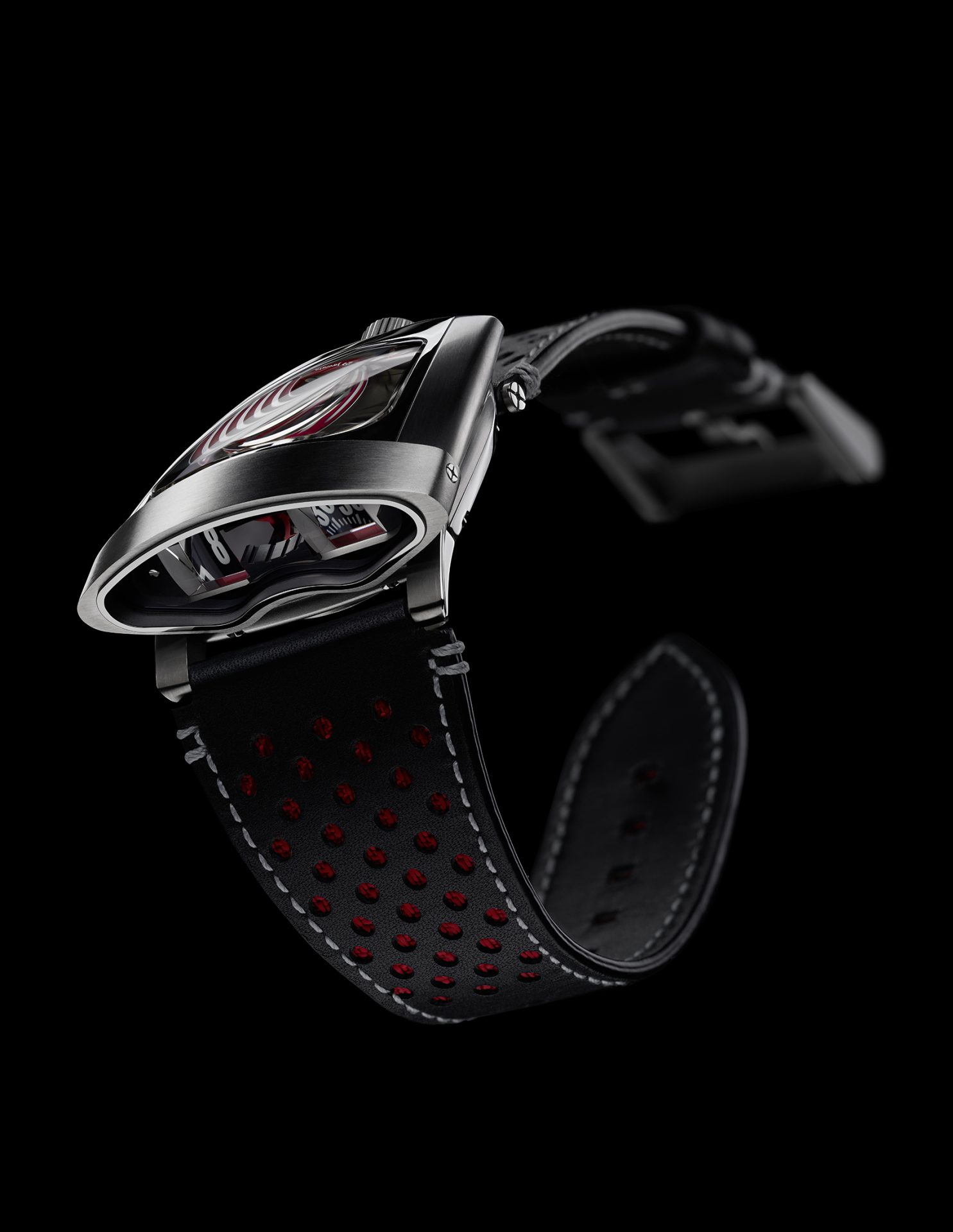
Inspiration and realisation: 10 years is an important milestone for anyone, but it is an especially significant anniversary for a small, horological creative lab that persistently bucks trends, zigs when others zag, and creates three-dimensional kinetic Machines rather than watches. When Maximilian Büsser founded MB&F in 2005, he hoped that a few collectors might be brave enough to follow him into unexplored horological territory, but had no idea just how big a revolution MB&F would ferment.
“From the beginning, the idea for HMX was to give something back to our Friends: the collectors and supporters who were vital in enabling MB&F to reach its 10th anniversary”, says Maximilian Büsser. “The industry norm for anniversaries is to develop ultra-expensive pieces, but we decided to do the opposite: HMX is by far our most affordable Horological Machine to date and is our way of saying thank you.”
HMX was nonetheless one of the most difficult Machines to develop as MB&F considered, tested and rejected a plethora of combinations of forms, finishes and myriad details before being satisfied that everything was “just right”.
Indications: The vertical hour and minute display on HMX are derived from circular discs rotating flat on top of the movement. Each of the two discs (one for the bi-directional jumping hours, one for the minutes) is printed with mirror image numerals that are reflected and magnified by two triangular-shaped optical prisms, reflecting the time onto the vertical forward facing display. A gap between the two prisms allows light to flood onto the Engine from the front as well as the top, and the light coming in from the top backlights the indications, making them even more legible.
The sapphire prisms are wedge-shaped with the angles precisely calculated to ensure that light is reflected from the horizontal indications to the vertical rather than refracted (bent). A convex lens at the front provides the magnification. Sapphire crystal is much more difficult to work to optical precision than glass and it took considerable development and meticulous care in production to create crystals that reflected and bent light without the slightest distortion.
The vertical forward-facing display makes HMX an excellent driver’s watch as there is no need to lift your wrist from the steering wheel to read the display.
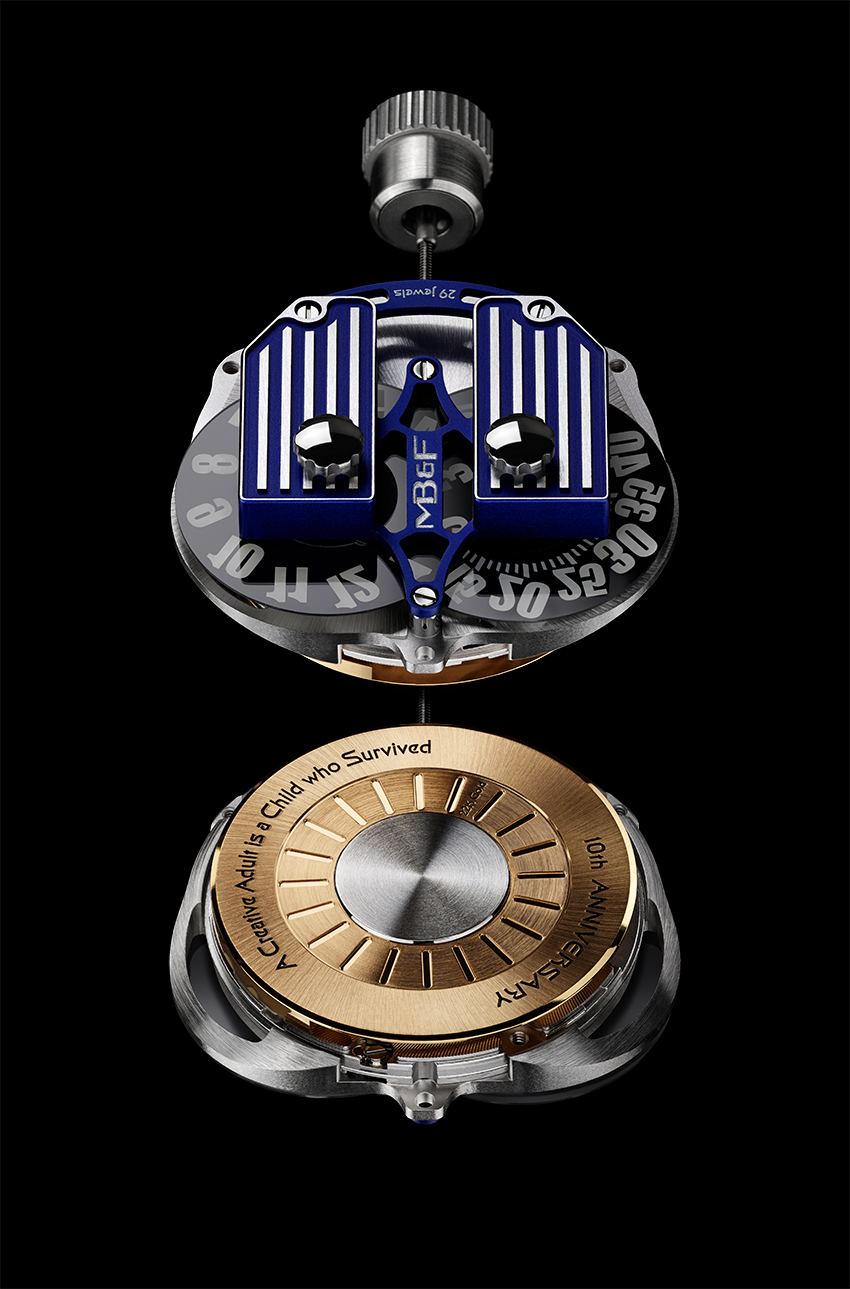
Machine: As a child, Maximilian Büsser dreamed of becoming a designer of supercars and, like many boys before and since, he filled sketchbooks and notepads with drawings of wild, super-fast cars. However, unlike the majority, a kernel of that boy in Büsser remained with him through to adulthood and with MB&F that kernel has grown and flourished. HMX is a supercar for the wrist!
Because of its utterly unconventional shape, the HMX case is a major challenge to manufacture: Every line, curve, metal, finish and colour has been refined over and over again. The case options were considered for strength, colour, finish and even weight: HMX didn’t just have to look good from every angle, it also had to feel “just right”, i.e. not too heavy but not too light either. Stainless steel and grade 5 titanium were finally selected as offering the ideal qualities for the HMX case.
“Everything that I do now, I want to look back and be proud of, and I feel this even more strongly than I did 10 years ago”, says Maximilian Büsser. “I’m not satisfied until I feel that everything is perfect, so every single little detail counts, and even more so for an anniversary piece.”
The influences of a number of supercars can be seen in HMX’s design cues. In particular, the distinctive Superleggera style of renowned Italian coachbuilder Carrozzeria Touring – creators of automobiles like Alfa Romeo’s Disco Volante – resonates throughout the “coachwork” of the Machine.
The four colours of HMX are all carefully selected motor racing colours: black, green, red and blue.
HMX technical details
Limited edition of 4 x 20 pieces in grade 5 titanium and stainless steel
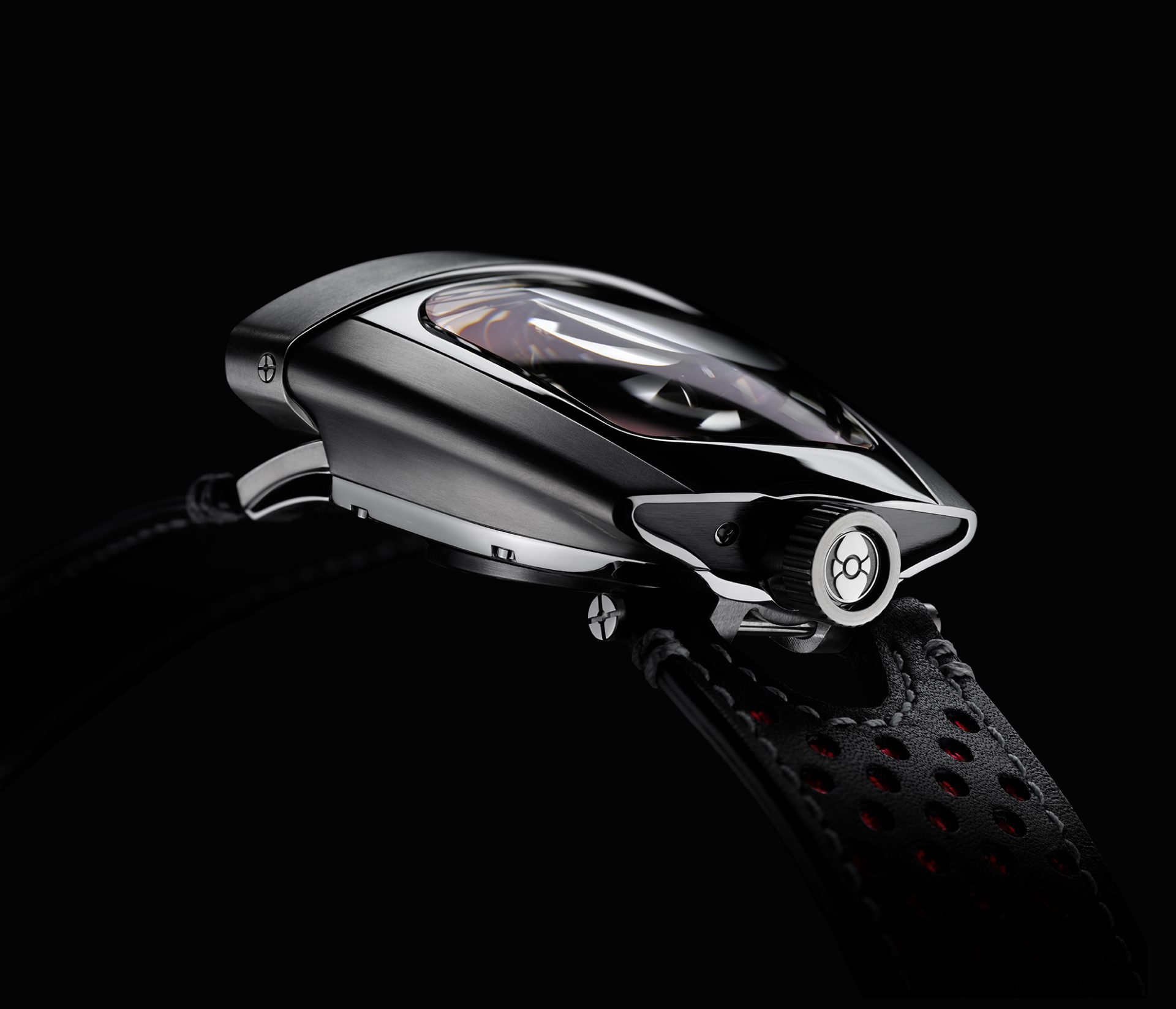
Engine:
Three-dimensional horological engine, composed of a jumping hour and trailing minutes module developed in-house by MB&F, powered by a Sellita gear train.
Mechanical movement, automatic winding
22K gold automatic winding rotor
Power reserve: 42 hours
Balance frequency: 28,800bph/4Hz.
Number of components: 223
Number of jewels: 29
Functions/indications:
Bi-directional jumping hours and trailing minutes, displayed by dual reflective sapphire crystal prisms with integrated magnifying lens.
Case:
Grade 5 titanium and stainless steel with detailing in black, green, red or blue.
Dimensions: 46.8 x 44.3 x 20.7 mm
Number of components: 44
Water resistance: 30m / 90’ / 3atm
Sapphire crystals:
Sapphire crystals on top, front and display back treated with anti-reflective coating on both faces.
Dual reflective sapphire crystal prisms with integrated magnifying lens.
Strap & Buckle:
Partially perforated calfskin strap with colour complementary to Engine, titanium tang buckle.
‘Friends’ responsible for HMX
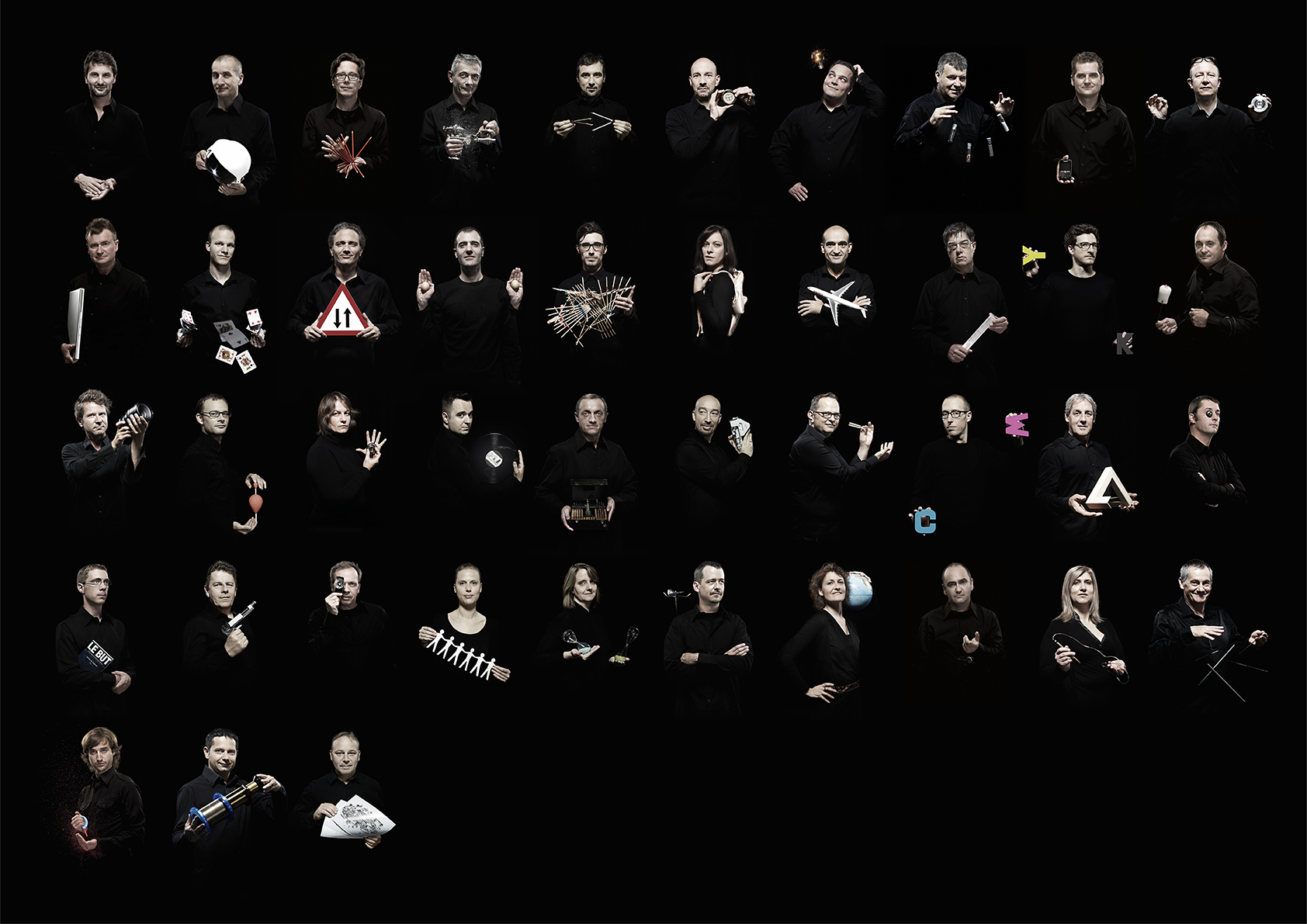
Concept: Maximilian Büsser / MB&F
Product design: Eric Giroud / Through the Looking Glass
Development and production management: Serge Kriknoff / MB&F
R&D: Guillaume Thévenin and Ruben Martinez / MB&F
Movement base: Andreas Deubzer / Sellita Watch Co SA
Additional module in-house machining: Alain Lemarchand / MB&F
Case: Fabien Chapatte and Ricardo Pescante / Les Artisans Boîtiers SA
Steel movement parts: Alain Pellet / Elefil
Wheels: Dominique Guye / DMP Horlogerie SA
Profile-turning of small parts: Sébastien Paroz / Swissmec SA
Chrome functional oil caps: Yves Bandi / Bandi SA
Hand-finishing of movement components: Jacques-Adrien Rochat and Denis Garcia / C.-L. Rochat and Aurora Amaral Moreira / Panova
Movement assemblage: Didier Dumas, Georges Veisy, Anne Guiter and Emmanuel Maitre / MB&F
After-sales service: Florian Courbat / MB&F
Quality Control: Cyril Fallet / MB&F
Sapphire glass: Martin Stettler / Stettler Sapphire AG
Hour and minute disks: Jean-Michel Pellaton and Gérard Guerne / Bloesch SA
Crown : Jean-Pierre Cassard / Cheval Frères SA
Winding rotor: Denis Villars / Cendres + Métaux Galétan SA
Buckle construction and production: Dominique Mainier and Bertrand Jeunet / G&F Châtelain
Strap: Tristan Guyotjeannin / Creations Perrin
Presentation case: Olivier Berthon / ATS Atelier Luxe
Production logistics: David Lamy and Isabel Ortega / MB&F
Marketing & Communication: Charris Yadigaroglou, Virginie Meylan and Juliette Duru / MB&F
M.A.D.Gallery: Hervé Estienne / MB&F
Sales: Luis André, Patricia Duvillard and Philip Ogle / MB&F
Graphic design: Damien Seydoux / MB&F, Adrien Schulz and Gilles Bondallaz / Z+Z
Product photography: Maarten van der Ende
Portrait photography: Régis Golay / Federal
Website: Stéphane Balet and Victor Rodriguez / Sumo Interactive
Texts: Ian Skellern / Underthedial
Film: Marc-André Deschoux / MADinSwitzerland
MB&F – Genesis of a Concept Laboratory
10 years old, 10 calibres, countless highs, boundless creativity
In 2015, MB&F celebrates its 10th anniversary and what a decade it has been for the world’s first ever horological concept laboratory: 10 years of hyper-creativity; 10 remarkable calibres forming the base of the critically acclaimed Horological Machines and Legacy Machines for which MB&F has become renowned.
After 15 years managing prestigious watch brands, Maximilian Büsser resigned from his Managing Director position at Harry Winston in 2005 to create MB&F – Maximilian Büsser & Friends. MB&F is an artistic and micro-engineering laboratory dedicated to designing and crafting small series of radical concept watches by bringing together talented horological professionals that Büsser both respects and enjoys working with.
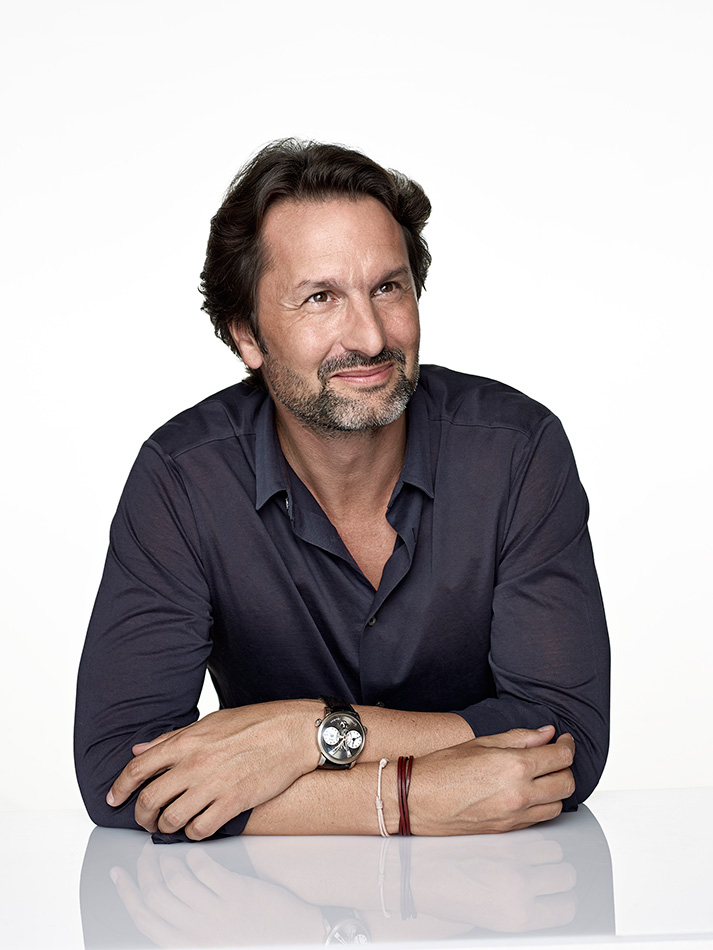
In 2007, MB&F unveiled their first Horological Machine, HM1. HM1’s sculptured, three-dimensional case and beautifully finished Engine inside set the standard for the idiosyncratic Horological Machines that have followed: HM2, HM3, HM4, HM5, HM6 and, now, HMX – all Machines that tell the time, rather than Machines to tell the time.
In 2011, MB&F launched their round-cased Legacy Machine collection. These more classical pieces – classical for MB&F, that is – pay tribute to 19th century watchmaking excellence by reinterpreting complications from the great horological innovators of yesteryear to create contemporary objets d’art. LM1 and LM2 were followed by LM101, the first MB&F Machine to feature a movement developed entirely in-house.
Since then, MB&F alternate between launching contemporary, resolutely unconventional Horological Machines and historically-inspired Legacy Machines.
And there have been distinguished accolades to remember along the journey so far. To name a few, at the Grand Prix d’Horlogerie de Genève in 2012, MB&F were awarded the Public Prize (voted for by horology fans) and the Best Men’s Watch Prize (voted for by the professional jury) for Legacy Machine No.1. At the 2010 Grand Prix, MB&F won Best Concept and Design Watch for the HM4 Thunderbolt. Last but not least, in 2015 MB&F received for the HM6 Space Pirate a “Red Dot: Best of the Best” award – the top prize at the international Red Dot Awards.

